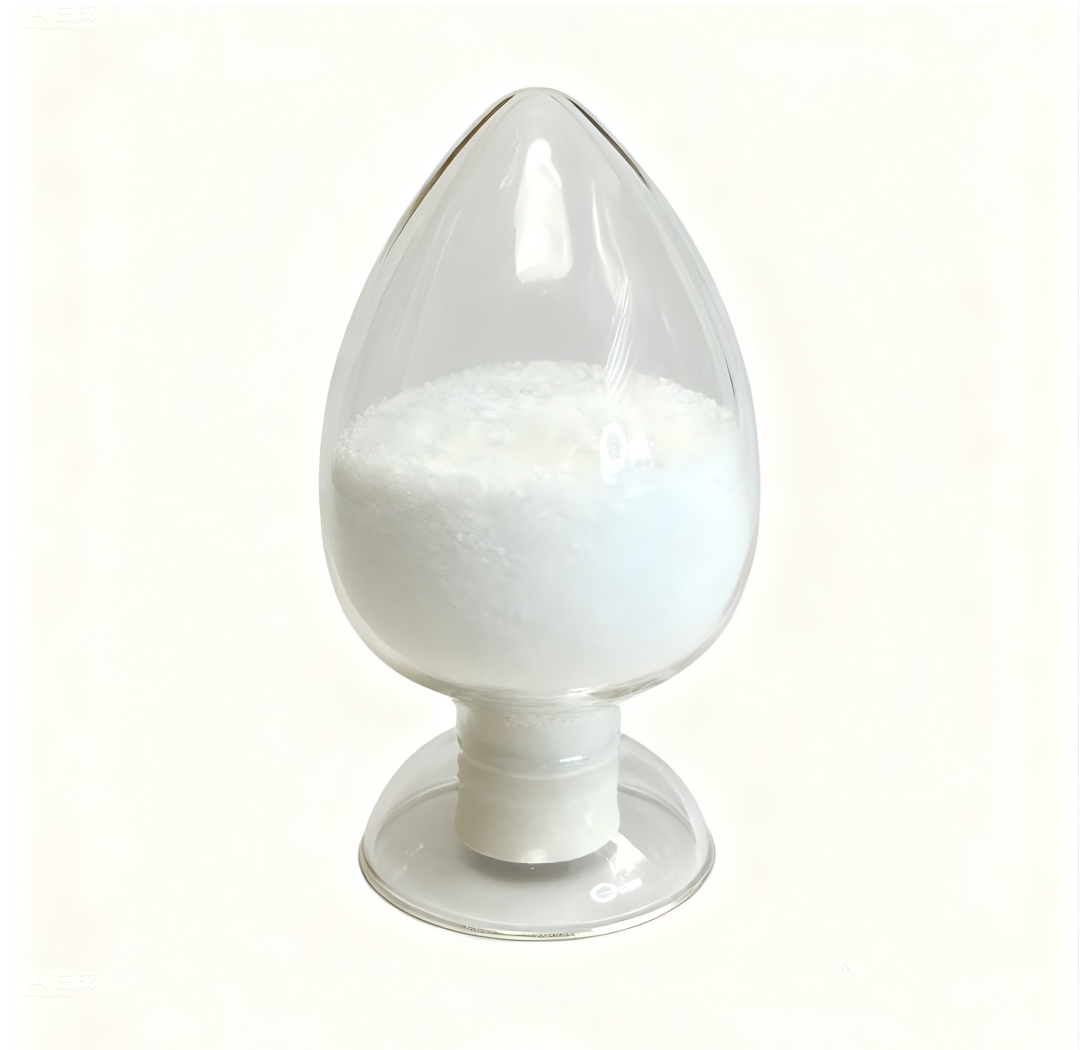Polyacrylamide supplier, China flocculant&Anionic polyacrylamide plant - Polysino,your chemical partner.

Polyacrylamide for Mineral Separation
Product Overview
Polyacrylamide (PAM) is a linear water - soluble polymer, available in anionic, cationic, non - ionic, and zwitterionic forms. Polyacrylamide used for mineral processing is typically a white powder or a colorless viscous colloid, odorless, neutral, easily soluble in water, and prone to decomposition when the temperature exceeds 120℃. A large number of fine mineral suspensions are generated during the beneficiation process. The molecules of polyacrylamide contain positive groups (-CONH), which can adsorb and bridge suspended particles dispersed in the solution. Through effects such as electric neutralization and adsorption bridging, the suspended particles form large flocs, accelerating the sedimentation of ore particles and achieving solid - liquid separation. In the process of tailings dehydration, it can promote better aggregation of solid particles like slime, reduce the moisture content of the filter cake, and improve dehydration efficiency, which is beneficial for the subsequent treatment and stacking of tailings.
Features and Advantages
1.High - efficiency flocculation: It can quickly make fine particles in the pulp form large flocs with a fast settling speed, which greatly enhances the efficiency of solid - liquid separation in the beneficiation process and reduces the time and cost of beneficiation.
2.Strong adaptability: Appropriate types of polyacrylamide can be selected according to different ore properties, pulp pH values, and beneficiation processes, featuring a wide range of applicability.
3.Environmental protection and energy saving: It helps realize the recycling of water resources and the reasonable disposal of tailings, reduces environmental pollution, and lowers the environmental protection pressure and operating costs of enterprises.
Specification
The Project | Indicators of |
Exterior appearance | White granular powder |
Solid content (%) | ≥88 |
Molecular weight | 12 to 21 million |
Residual monomer content (%) | 0.1 or less |
Dissolution time (min) | ≤90 |
